Market Trends
Key Emerging Trends in the Silicon EPI Wafer Market
The market for Silicon EPI (Epitaxial) Wafers is evolving in terms of rapid development trends, which underpin the nature of transformation that makes this industry. Epitaxial wafers, one of the major components used in semiconductor manufacturing, are immensely benefits, especially in manufacture of sophisticated electronic devices. A critical trend is the growing demand for smaller and more efficient equipment, further increasing the derives of wafers with improved characteristics. Such a need is generated by continuous miniaturization of electronics components in the form of smartphones, wearables, and other applications that are employing such technologies. Additionally, the Silicon EPI Wafer Market is observing increase in demand to applications such as IoT and AI. As Internet of Things (IoT) technologies continue to penetrate market verticals, the need for silicon wafers with specified traits like having high conductivity and accuracy in their thicknesses also increases.
In a related development, emerging AI-based applications spanning data centers to edge devices are helping stimulate the demand for advanced wafers that can sustain growing volume of processing. This trend promotes production companies to search for technological advancements in the area of the epitaxial wafers with outstanding performance characteristics. In addition to this, environmental sustainability is becoming a prominent driver of a market mechanism. Due to this, the semiconductor industry finds itself under pressure increasingly compelled to evolve a green approach that includes the Silicon EPI wafer market. Companies are working on R&D to find materials and manufacturing processes that lead to fewer waste and minimize energy consumption as they realize best performing wafers should emit less ecological impact. With sustainability increasingly playing a role in the decisions made by companies and consumers, an obvious trend related to epitaxial wafers would be that production of such products is likely to adopt more environmentally friendly practices moving forward.
These trends are supplemented with increased competition in the market might make it possible for companies to change their focus on affordable solutions without compromising on quality. Low price competitiveness has become the major decisive factor for the purchase of semiconductor manufacturers. Therefore, market participants pursue gains from economies of scale, process optimization, and strategic partnerships to improve cost-performance in silicon epitaxial wafers. This is an emerging trend that contemplates re-structuring the marketspace there will be a value led solution brilliantly solving diverse challenges as faced by producers of electronic devices.

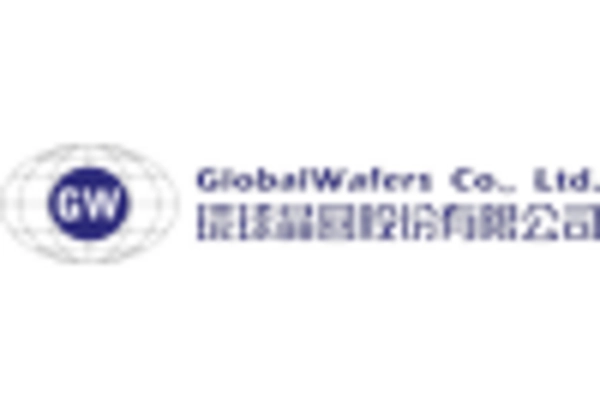
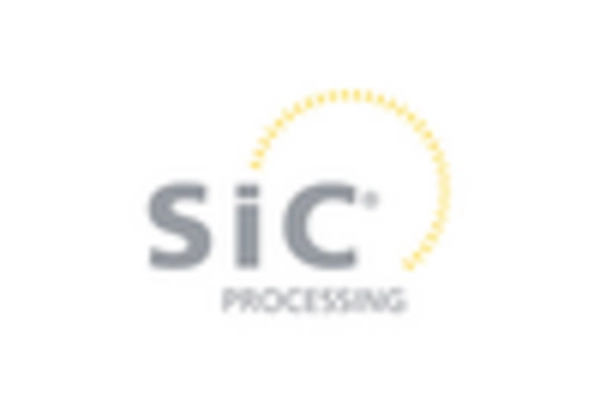
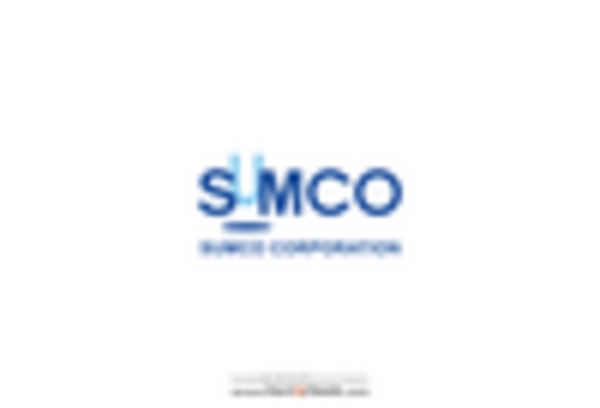
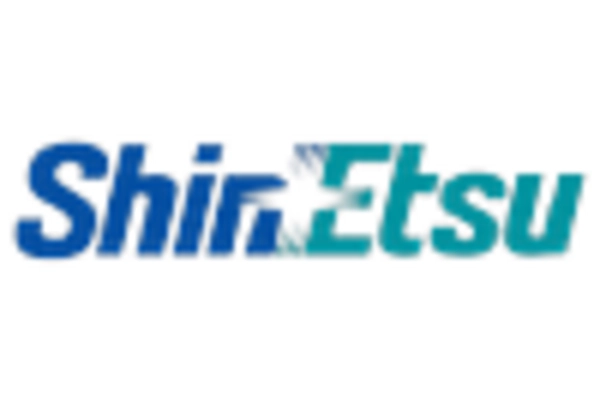
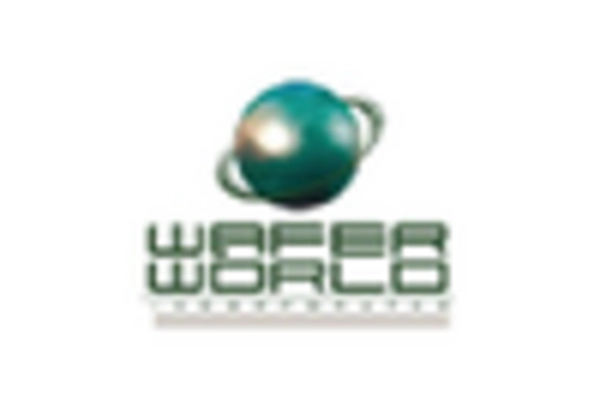









Leave a Comment